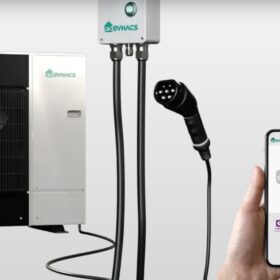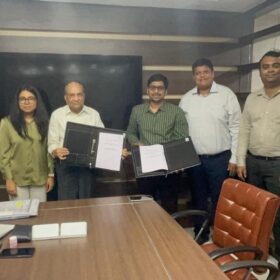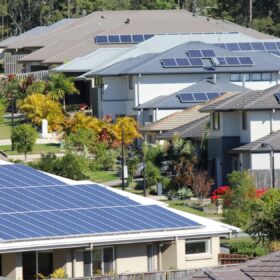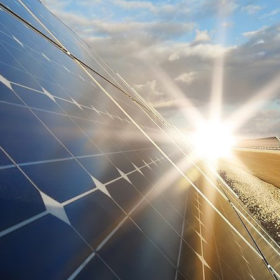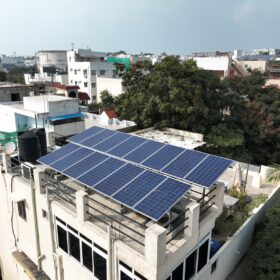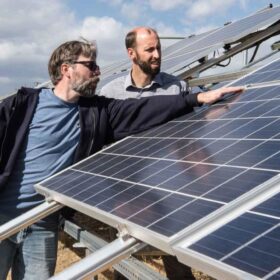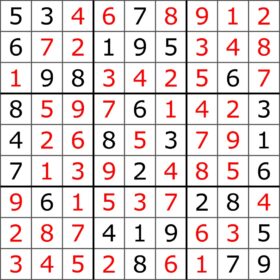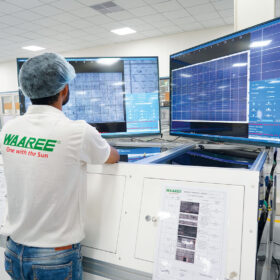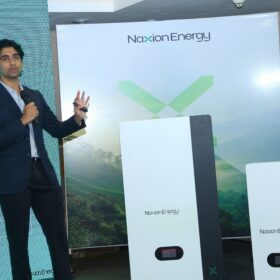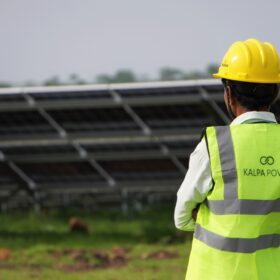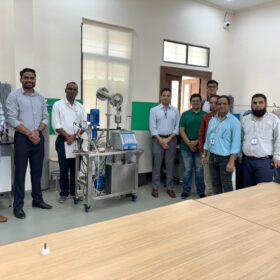Mitsubishi, Evhacs launch world’s first integrated heat pump, EV charger
The integrated system is claimed to efficiently provide dynamic load balancing, while supporting demand-side management and future smart grid applications. The heat pump technology comes from Mitsubishi’s Ecodan, Mr. Slim, and M heat pump series, which Evhacs modified for integration with the EV charger.
Redington partners Websol Energy System to launch residential solar kits
Redington has partnered with Websol Energy System to introduce bundled solar kits for homes and small businesses, each containing high-efficiency Websol modules, inverters, and all essential Balance of System (BoS) accessories. The kits are available in sizes from 2 kW to 10 kW.
Redefining Smart Cities: The transformative role of solar energy in urban grid evolution
The economics of solar have evolved significantly. With declining panel costs and robust government support—through schemes like the PM Surya Ghar Muft Bijli Yojana and PM-KUSUM—solar is now a financially viable solution for municipalities and citizens alike.
Survey shows cost and complexity key barriers to rooftop solar uptake in Australia
Cost, complexity and confidence gaps are the main barriers to the uptake of rooftop solar in Australia according to new federal government research.
Insolation Green sets up subsidiary for renewable energy project development
MGVJ Green Infra will provide end-to-end solutions from concept to commissioning for clean energy projects.
Industry reacts to cybersecurity rules for rooftop solar monitoring systems
The solar industry broadly supports a more secure, standardized framework for remote monitoring systems (RMS) used in grid-connected rooftop solar installations but voices concerns over implementation hurdles, additional costs, and technical feasibility—especially for smaller players and regions with limited connectivity.
How long do residential solar panels last?
Several factors affect the productive lifespan of a residential solar panel. In the first part of a series, we look at the solar panels themselves.
Smart grids and solar integration: Powering the cities of tomorrow
The true breakthrough is when smart grids connect with solar power together. That connection opens up a lot of possibilities. Smart grids will tell us what a solar energy system can produce by predicting the weather and adjusting the transfer of electricity in real time.
MaxVolt Energy launches smart lithium inverters
MaxVolt Industries Energy has launched wall-mountable, high-efficiency inverters with inbuilt lithium battery for residential and commercial solar applications.
Using Sudoku to improve power yield in PV systems under partial shading
Indian researchers have developed a Sudoku-based technique to reduce power losses in PV systems operating under partial shading. They claim the method increases energy efficiency and revenue generation more than conventional reconfiguration techniques.
